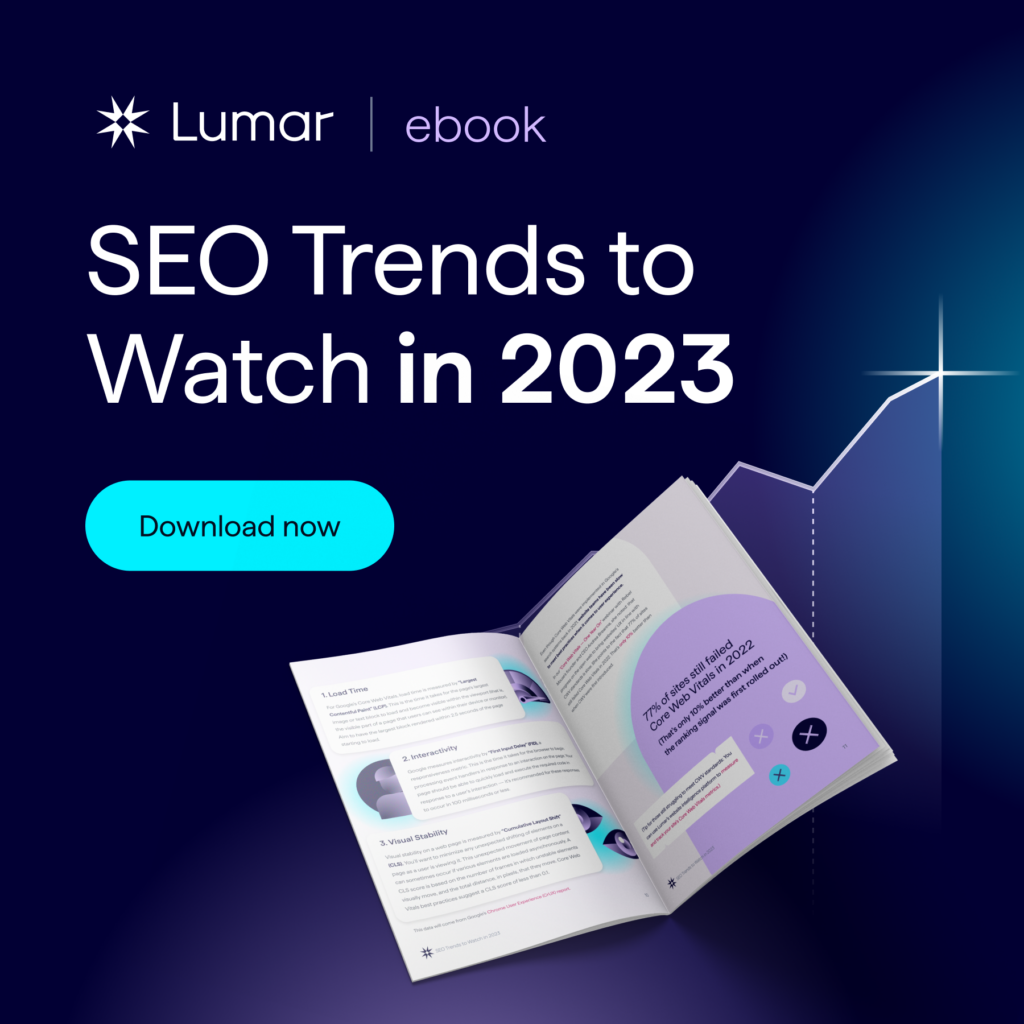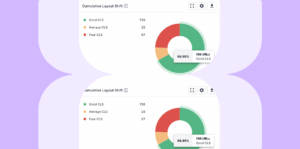Why SEOs & marketers should continue to focus on page experience in 2023
Back in 2021, Google rolled out Core Web Vitals as part of its ranking system. This update put user experience front and center on SEOs’ agendas as a priority for the years to come. Since then, it’s been more important than ever to ensure your website’s technical health is primed to provide users with a great, seamless experience on your website. But in 2023, many sites are still not succeeding with improving their Core Web Vitals.
Of course, UX has always been beneficial when it comes to customer sentiment and conversions, but with the added search ranking factor introduced by Core Web Vitals, elements like site speed and page experience are not just the responsibility of designers and developers anymore — digital marketers and SEOs also have to take responsibility for monitoring and improving elements like site speed and responsiveness.
Senior technical SEO Anne Berlin notes the ongoing importance of page experience in search engine optimization:
“Particularly for news publishers, site speed can be the difference between landing a Top Stories placement or not. Google takes a first pass at indexing the content and considers it for ranking before it’s gone through the rendering queue. Given the increased importance of timeliness, the speed and completeness of content that Google can glean from this first indexing pass has extra weight.”
What’s more: there are plenty of business benefits associated with great page experience that extend well beyond your search ranking.
When it comes to site speed, for example, even a one-second delay in mobile load times can impact conversion rates by up to 20%, according to Mary Ellen Coe, president of Google Customers Solutions. Businesses that have the website intelligence insights they need to monitor and improve key user experience factors on their website are poised to retain and convert more visitors.
Many websites are still failing to meet Google’s standards for Core Web Vitals
Even though Core Web Vitals were rolled out in Google’s search systems back in 2021, website teams have been slow to meet best practices when it comes to user experience.
In our “Core Web Vitals — One Year On” webinar with Rebel Mouse’s founder and CEO Andrea Breanna, she noted that progress on the open web to bring websites’ UX in line with CWV standards is slow. She points to the fact that 77% of sites still failed Core Web Vitals in 2022. That’s only 10% better than when CWV were first introduced.
77% of sites still failed Core Web Vitals last year. (That’s only 10% better than when the ranking signal was first rolled out!)
Source: “Core Web Vitals — One Year On” webinar
3 Page Experience Elements to Improve on Your Site in 2023
If you want to adhere to Core Web Vitals best practices in 2023, here are three page experience elements to focus on:
1. Load Time
For Google’s Core Web Vitals, load time is measured by “Largest Contentful Paint” (LCP). This is the time it takes for the page’s largest image or text block to load and become visible within the viewport (that is, the visible part of a page that users can see within their device or monitor). Aim to have the largest block rendered within 2.5 seconds of the page starting to load.
2. Interactivity
Google measures interactivity by “First Input Delay” (FID), a responsiveness metric. This is the time it takes for the browser to begin processing event handlers in response to an interaction on the page. Your page should be able to quickly load and execute the required code in response to a user’s interaction — it’s recommended for these responses to occur in 100 milliseconds or less.
3. Visual Stability
Visual stability on a web page is measured by “Cumulative Layout Shift” (CLS). You’ll want to minimize any unexpected shifting of elements on a page as a user is viewing it. This unexpected movement of page content can sometimes occur if various elements are loaded asynchronously. A CLS score is based on the number of frames in which unstable elements visually move, and the total distance, in pixels, that they move. Core Web Vitals best practices suggest a CLS score of less than 0.1.
This data will come from Google’s Chrome User Experience (CrUX) report.








